A trekking adventure on Mount Sabalan (4811m) is calling you? So, here’s all you need to know before you go. Sabalan is Iran’s 3rd highest mountain after Mount Damavand and Mount Alam. Also, it is the world’s 66th prominent peak. Located in the northwest of Iran, in Ardebil Province, Sabalan is a semi-active volcano and among Iran’s highest mountains. Its beautiful nature in summer, the hot springs on its slopes, and Alvares Ski Resort make Sabalan a tourist magnet. But what makes the mountain distinct from other mountains in Iran is the beautiful crater lake on top of Sultan Peak. As one of Iran’s most scenic natural lakes, it is covered with ice all around the year except in summer. Each year, a large number of native and non-native mountaineers ascend Sabalan. Summitting it is not without its challenges. The path is long, but the crater lake on the top is so incredibly beautiful that makes it worth it.
Contents
- 1 Geography of Mount Sabalan’s Peaks
- 2 Mount Sabalan Ascent Routes
- 3 Mount Sabalan’s Northeast Face (Red)
- 4 Mount Sabalan Shelters
- 5 Attractions Near Mount Sabalan
- 6 Mount Sabalan’s Crater Lake
- 7 The Best Season for Traveling to Mount Sabalan
- 8 Where to Stay Near Mount Sabalan
- 9 Like to go on an Adventure on Mount Sabalan?
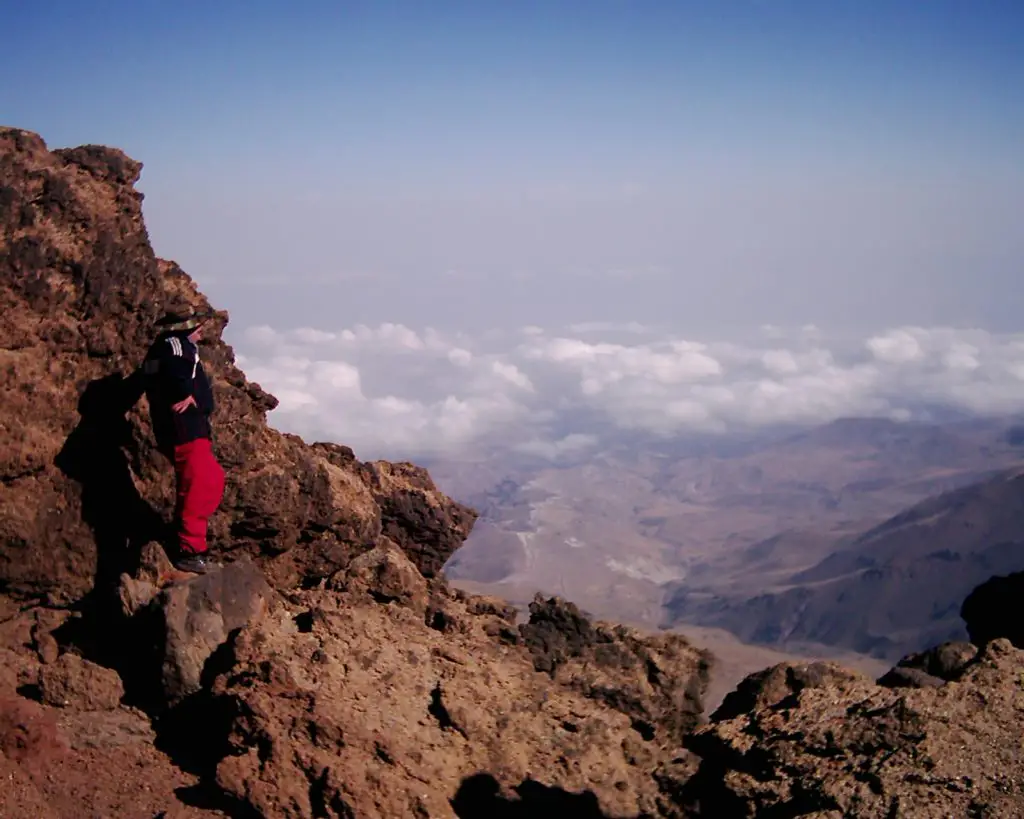
Sabalan is so precious for people of Ardebil that they call it Sultan Savalan (Sabalan in local dialect). They believe it is the mountain where the ancient Persian prophet, Zoroaster, received a revelation. Some even believe him to be buried somewhere near the crater lake. Friedrich Nietzsche’s masterpiece ‘Thus Spoke Zarathustra’ also mentions Zoroaster descending Mount Sabalan. It is because of this spiritual aura of the place that while ascending Sabalan from Shabil, you can see people who accept all the challenges of climbing Sultan Sabalan with no mountaineering equipment. Like to know more? Read on then…
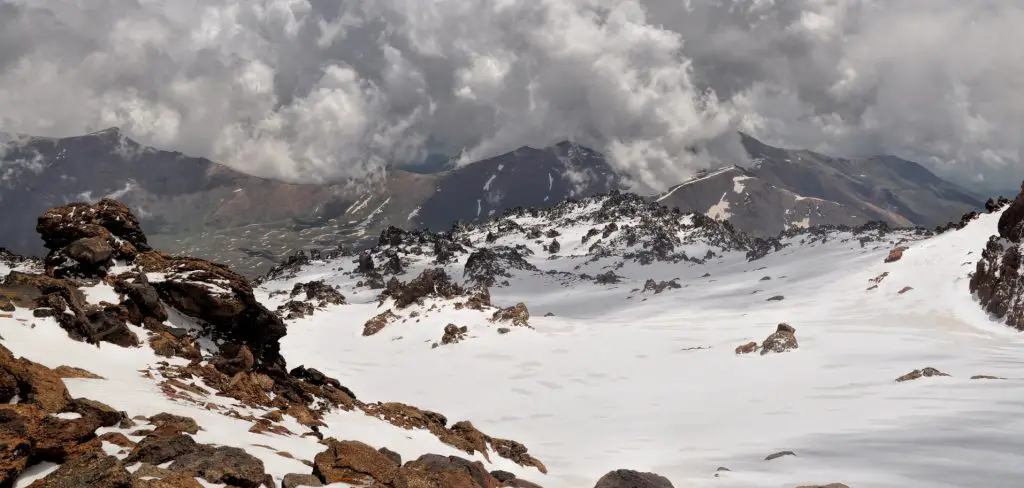
Geography of Mount Sabalan’s Peaks
Parallel to Arasbaran Forest and with a length of 60km and a width of 45km, Sabalan (6000 km2) extends from Meshgin Shahr and Ahar in the north. It neighbors Sarab in the south, Ardebil in the east, and Tabriz in the west. Sabalan has 5 peaks which are covered with ice and snow all year round. The highest of its peaks, Soltan (4811m), is Iran’s 3rd highest mountain after Damavand and Alam. Heram Dagh and Kasra are the mountain’s 2 other famous peaks. Heram Dagh includes 3 peaks between 4500-4600 meters which are technically difficult to ascend. After Soltan and Heram Dagh, Kasra Peak (4470m) is the third highest peak on the mountain. Sabalan has 5 natural glaciers, 2 on Soltan’s northern face, 2 on Kasra’s foot, and one on Heram Dagh foot.
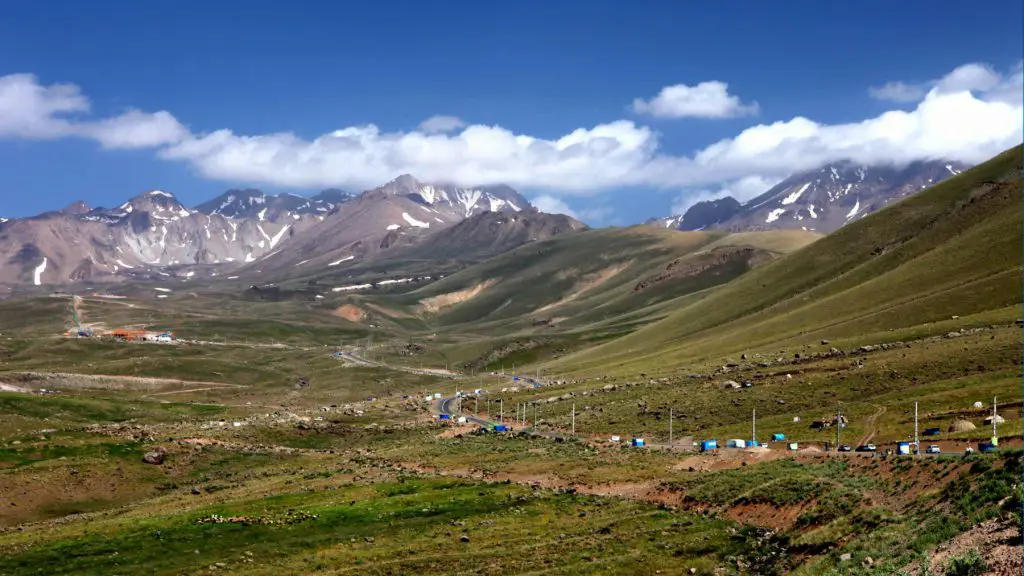
Mount Sabalan Ascent Routes
There are 3 routes for ascending Sabalan:
1. The southern face route
2. The western face route
3. The northeastern face route
The most common route for ascending Mount Sabalan is the northeastern route (or the shelter route). It is the best route for first-timers who have no guide because the existence of the vehicle path that stretches up to the shelter (3700m) has made it easily distinguishable.
According to the map, there are 3 main routes for ascending Mount Sabalan:
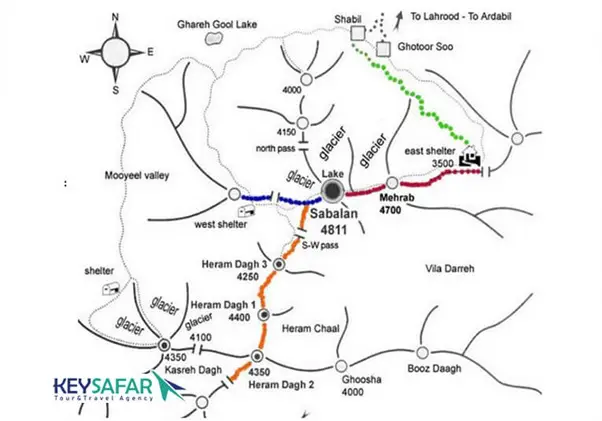
Mount Sabalan’s Southern Face (Orange)
The southern face route begins from Alvares Ski Resort. The ski resort is 30 km to Sareyn City in Ardabil Province. This route is of the most difficult trekking routes, because it is filled with large stones and there is no shelter on the route for staying overnight. We recommend trekking this route in winter because the steep rocky slope is more difficult to ascend in other seasons. For ascending this route, you need to know snow climbing skills and avoid zigzag movements because the risk of avalanche is higher on this face.
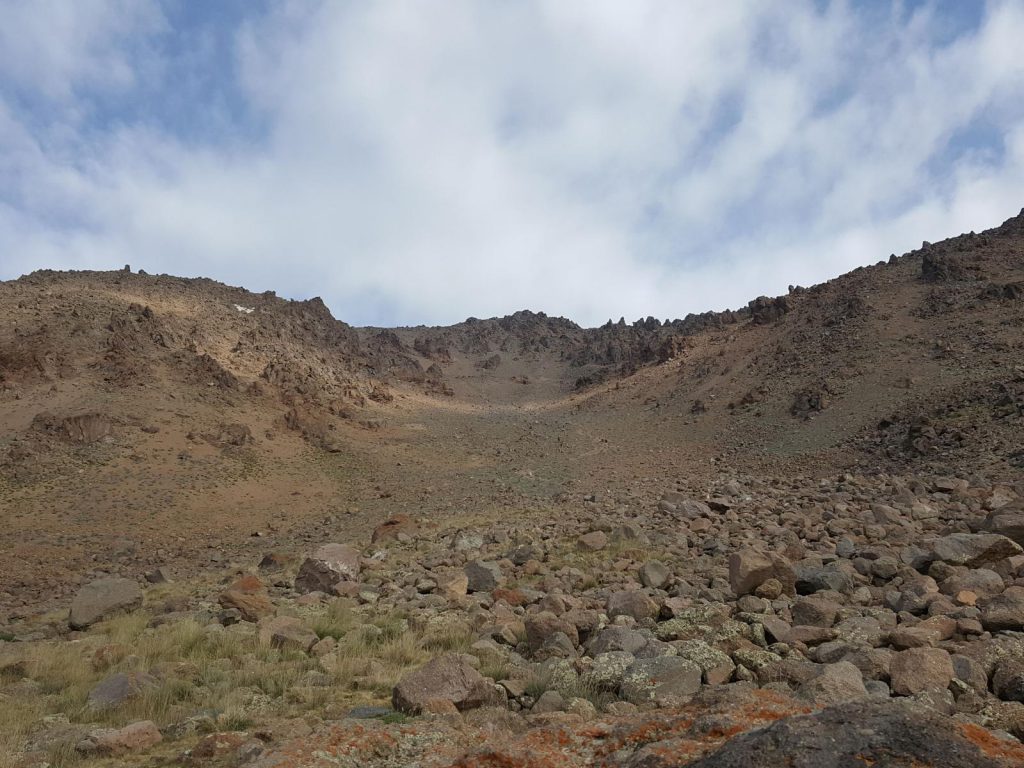
Mount Sabalan’s Western Face (Blue)
Also known as Rezvan Darreh Route, the western face route is very beautiful. For reaching it, you’ll have to pass Shabil Village. The hut that is located on this path is at a 4200-meter altitude, the same altitude as Mount Damavand’s Bargah-e Sevvom and Simorgh Shelter. Next to the western hut and on the western face of Soltan Peak, you can find a piece of rock that looks like an eagle. This sitting eagle which has his head turned to the east, has turned into the symbol of Sabalan over the years. This route has special features. Because the sun shines later on this route, the morning ascends are cold. Also, the special path (sloping and filled with small stones) that stretches from the hut to the summit might take a lot of your energy in the ascent and put you in danger in the descent.
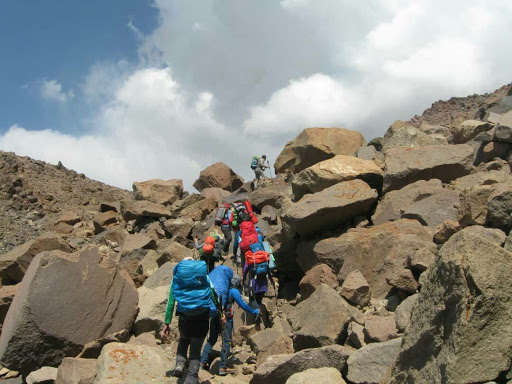
Mount Sabalan’s Northeast Face (Red)
The most common and unchallenging route for ascending Mount Sabalan is the one on the Northeastern face. Like the Western face, the northeastern route begins from Shabil Village (50 km from Meshgin Shahr city and 25 km from Lahroud city). The beauty of the route from Shabil to the shelter will fascinate you. With vast and green fields and big volcanic rocks, the path is so beautiful that even hiking on it will leave you with sweet memories. Going higher and higher, you can also see the shelter and the minarets of its mosque. Now let me tell you how you can summit Sabalan from this route:
First of all, I recommend minimizing the risks by checking the weather condition before heading out for Mount Sabalan. In Shabil, you can find land rovers that take you through the winding mountain routes to Sabalan’s shelter in almost 40 minutes. If it’s not past 3 or 4 pm, you can enjoy watching the beautiful view of Sabalan’s foot and take nice photos. Since it takes about 4 hours to reach the shelter (non-stop), you’ll have to plan this road trip in a way to have reached the shelter before sunset.
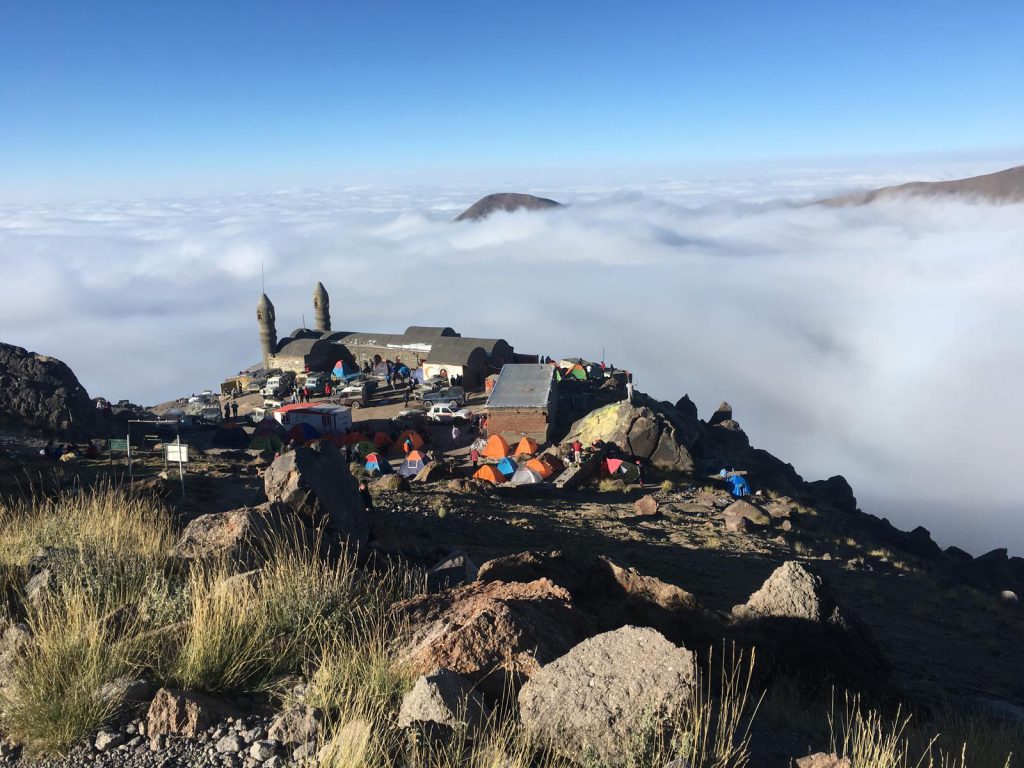
Properly timing your ascent is also highly important. The shelter is located at a 3650-meter altitude. So, for summitting Mount Sabalan from this shelter, you’ll be trekking 5 kilometers (1160 meters of altitude). Based on your team’s physical capacity, this will take about 5 hours in average. The return from the summit to the shelter also takes about 3 hours.
Find out more about a trekking experience on this face at our Mount Sabalan Summit Guide.
Mount Sabalan Shelters
The main shelter (on the northeast face) has facilities like rental rooms, supermarket, camping area, safekeeping room, management, etc. This shelter includes a few stone rooms with wooden and metal bunk beds. There, you can find a small shop that provides you with foods. But you’d better do the food shopping in the city, because you can’t find everything in the shop. The rest of the shelters and huts lack any such facilities.
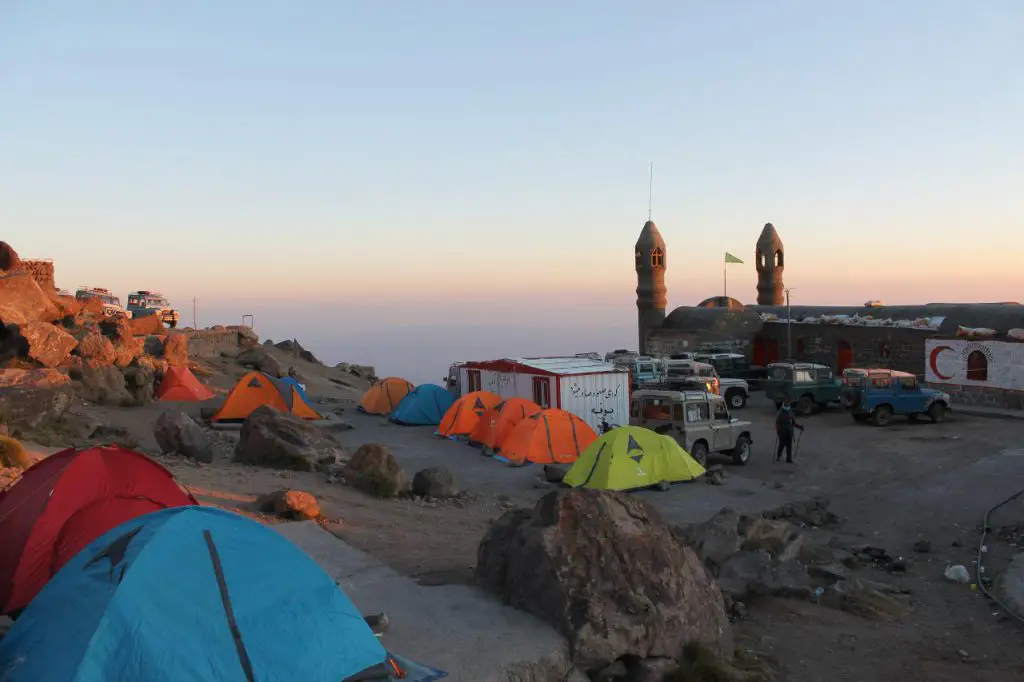
Attractions Near Mount Sabalan
-
Shirvan Valley
As Middle East’s second geopark, Shirvan Valley (altitude: 2200 m) is a wide and deep valley on the foot of mount Sabalan. It is located 51 km to the southeast of Meshkin Shahr and is near Lahroud. Covering a 75-kilometer area, the valley stretches for 30km from near Lahroud to Shabil hot springs. The valley is the permanent habitat of animals like pigs, foxes, wolves, rams, brown bears, partridges and doves. Migratory birds also pay visits. Plus, the rock walls and breaks on the valley have given it an eye-catching view. The rocks look like sculptures that are finely cut by great artists. The general look of the valley and the structure of the rocks make it look like the valleys of Madagascar and Turkey’s Cappadocia.
-
Shabil Hot Springs
Shirvan Valley, Ardebil,Iran
If you pick either the western or the northeastern faces for summiting Mount Sabalan, you’ll have to pass Shabil hot springs. These hot springs are a product of Sabalan’s volcanic activities. You can enjoy a relaxing experience in these clean and equipped complexes before or after your ascent.
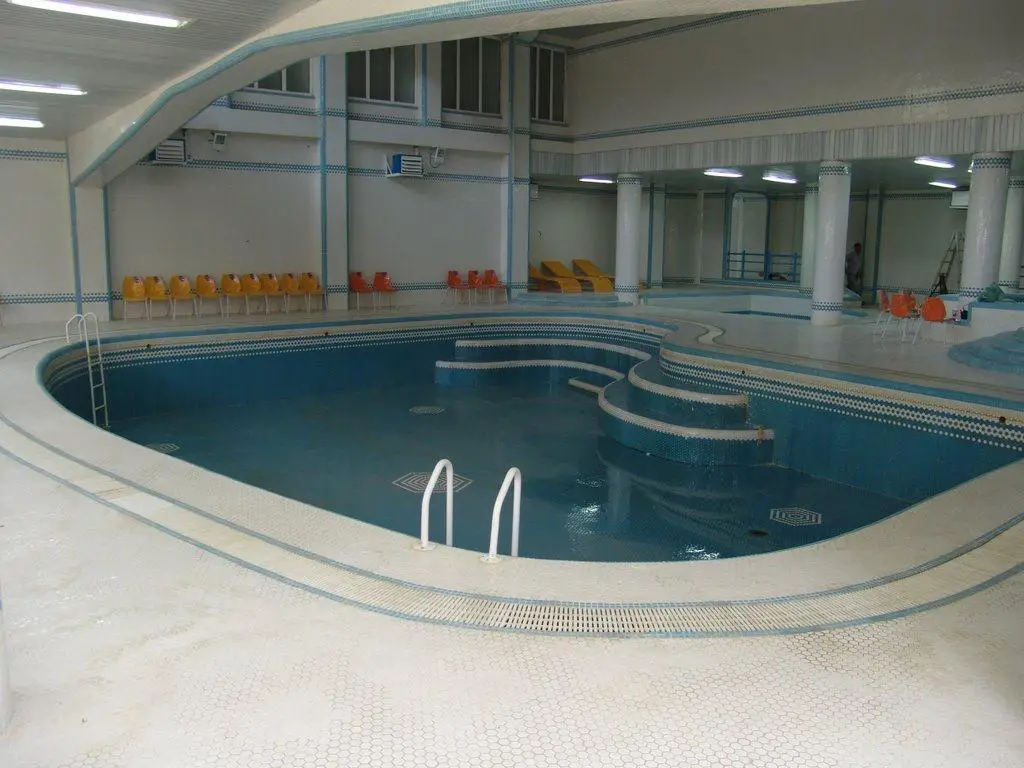
-
Meshgin Shahr Suspension Bridge
Located in the south of Meshgin Shahr city, Meshgin Shahr suspension bridge is the longest one in the Middle East. When the bridge was built in 2015, it became a main attraction of Meshgin Shahr. From the bridge, you can enjoy the beauty of the fascinating scenery and the excitement of walking on a glass bridge.
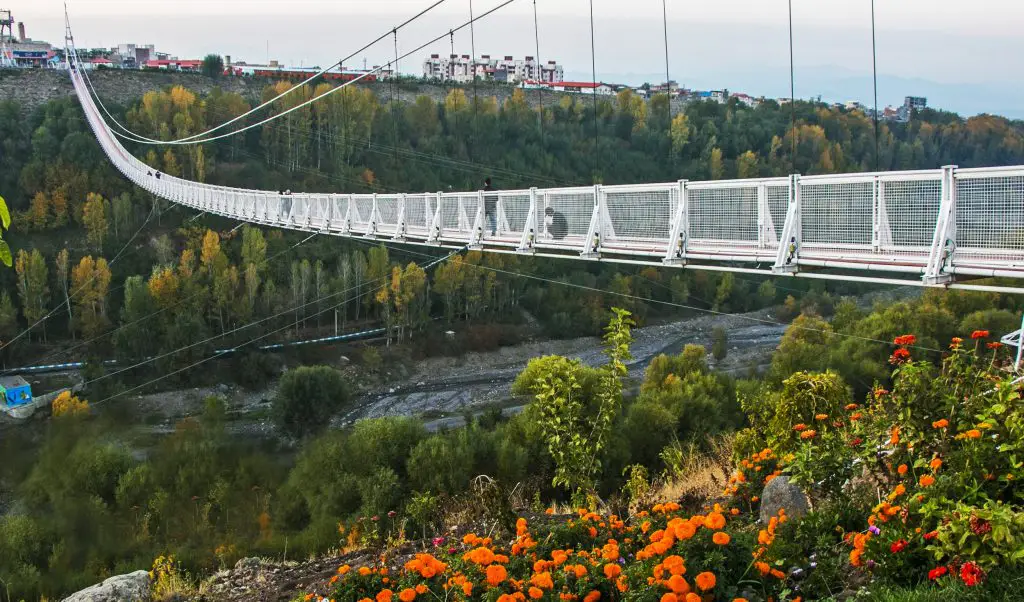
-
Alvares Ski Resort
30 km to Sareyn city, you can find Alvares, a village in the southern foot of Sabalan. The village houses one of Iran’s most popular and attractive ski resorts. Even if you’re not a professional skier, I recommend enjoying the beauties and other facilities of this resort.
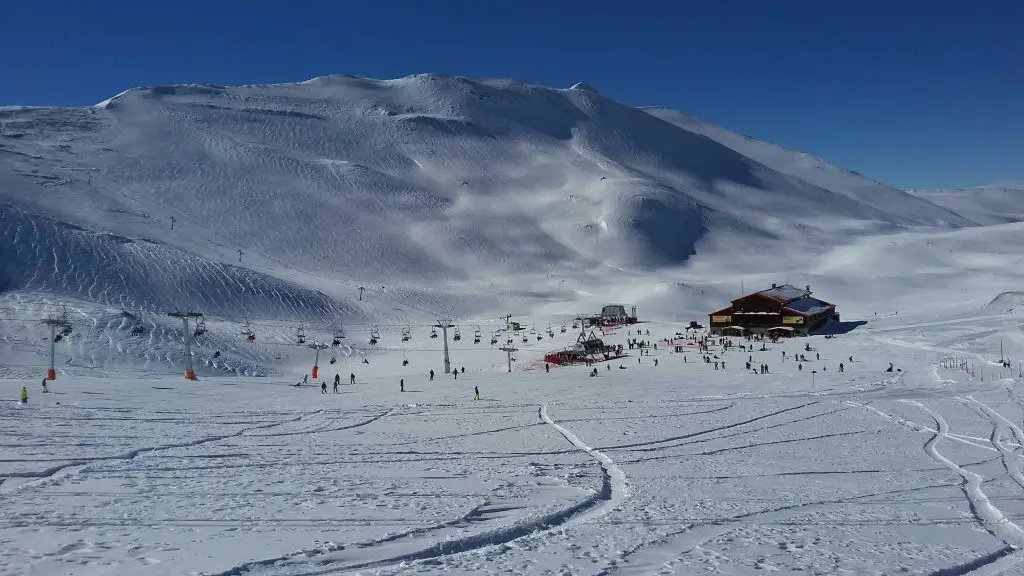
-
Sareyn
Sareyn is a familiar name among nature lovers. Visiting Sareyn would be like hitting two birds with one stone. As a highly popular destination, the city showcases a mixture of natural, historical and cultural attractions. Of the city’s most striking attractions are its many hot springs . You can enjoy these clean hot springs in Gavmish Goli, Sabalan Aqua Therapy Complex, Gahreh Soo Hot Spring, Eshaghe Ghahveh Sooee, and Besh Bajilar Aqua Therapy Complex.
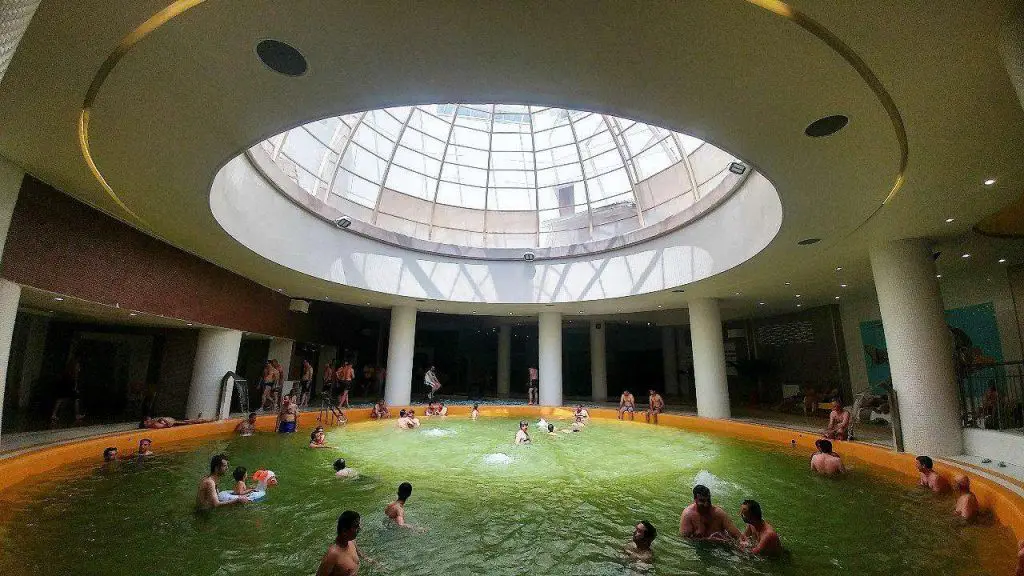
-
The Nomads at the Foot of Mount Sabalan
Mount Sabalan is home to 3 main nomadic tribes. The Shahsavans (nomads of Mughan Plain) are of the main nomads who spend the summers on Sabalan. This tribe is the third biggest tribe in Iran after the Bakhtiari and the Qashqai. They come to the foot of Sabalan in June and move upper on the foot of the mountain in July and August. They migrate to lower parts again in September until they leave Mount Sabalan at the arrival of the cold weather. Visiting these lovely nomads is a pleasant experience that can introduce you to this unique culture and lifestyle.
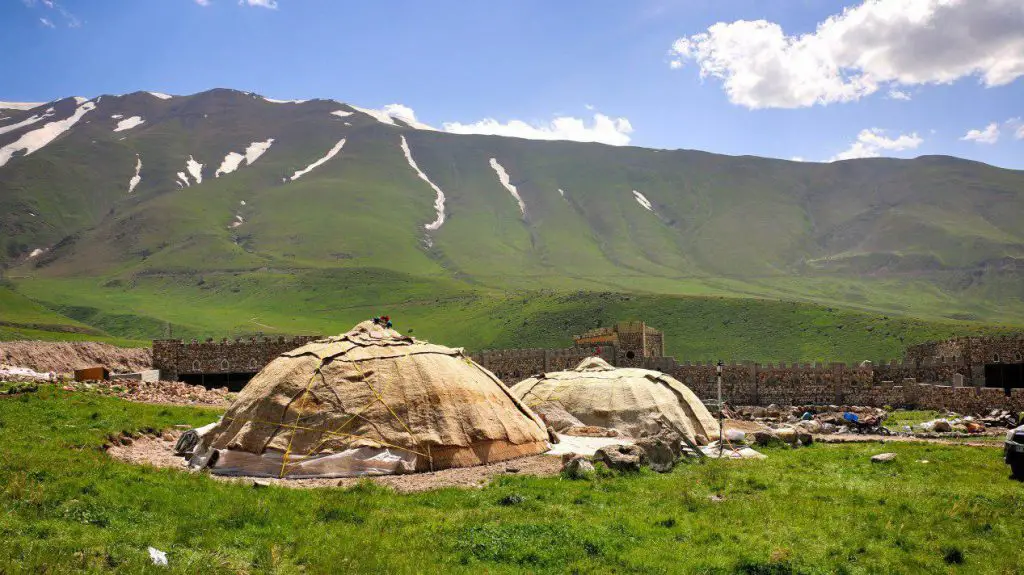
Mount Sabalan’s Crater Lake
The mountain’s crater lake is located on top of Soltan Peak. It is an oval-shaped volcanic lake which is almost 40 meters deep. Its depth is one of the reasons why this lake is unique in the world. The 140m x 80m lake is surrounded with huge volcanic rocks and stones that stretch to the lake itself. The rocks are Basalt, Andesite and Trachyte. This beauty is supplied with rain water and melting of the snow on the peak. The southern part of the lake, where the sun doesn’t shine on, is covered with snow and glaciers.
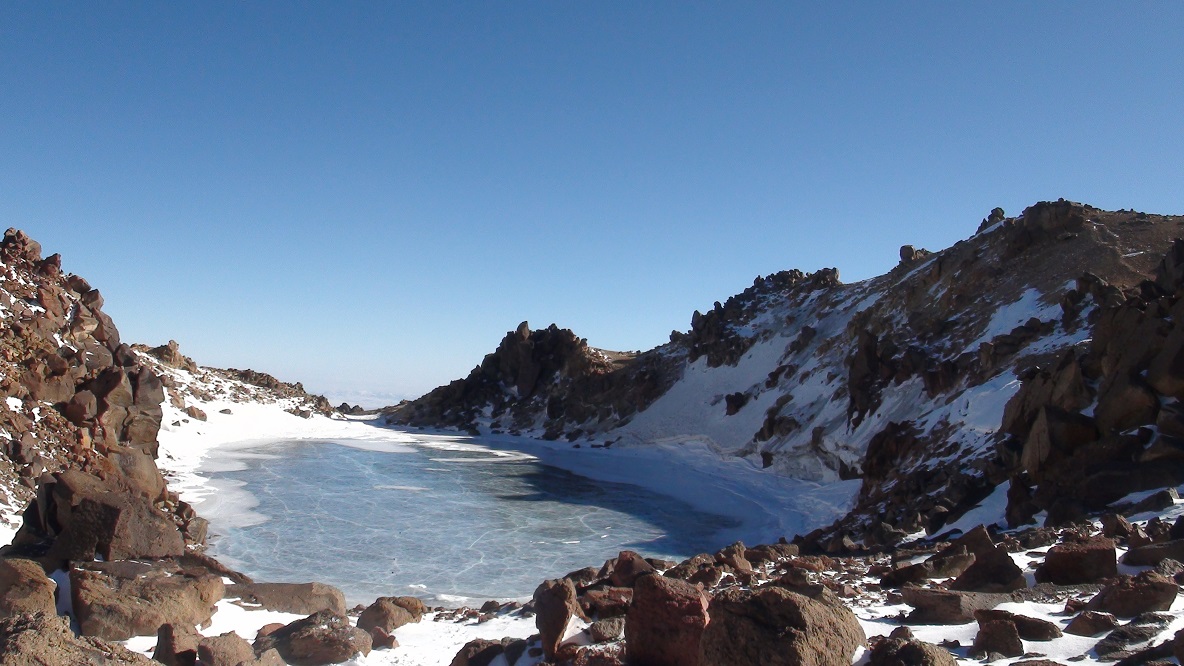
No living creature lives in Mount Alam’s crater lake, because its water is of very light Calcium Sulfated waters. So, it has a high degree of Silica. This has made the water surface look like a clear mirror. All around the year, except in summer, the lake is frozen over. If you’d like to see the mirror-like state of the lake, summit it in summer.
The Best Season for Traveling to Mount Sabalan
For skiers, the best time to visit Sabalan is winter. But if you are a mountaineer or just like to enjoy its beauty, summer is recommended. The best time for summitting Sabalan is when the weather is warmer and the weather conditions are better (June to September).
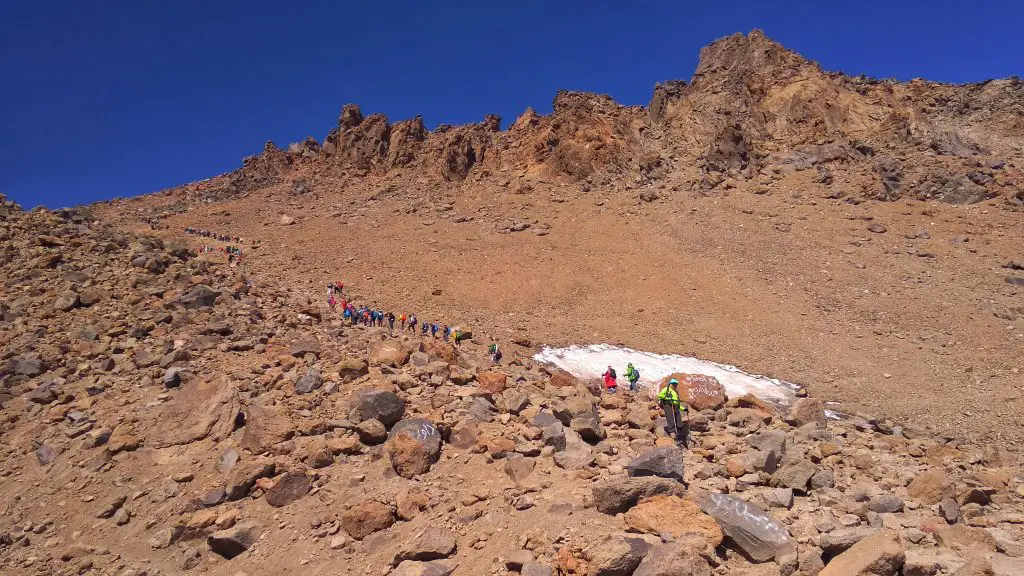
Where to Stay Near Mount Sabalan
From Meshgin Shahr to Mount Sabalan, there is a short distance. So, booking a hotel in Meshgin Shahr would be a good choice. You can also stay in Meshgin Shahr’s Durna Eco-camp. My next recommendation is one of Sareyn’s 4-star hotels. Economy hotels can also be found in Sareyn.
Like to go on an Adventure on Mount Sabalan?
Then join our 5-day Mount Sabalan tour or our 8-day Sabalan and Damavand tour.


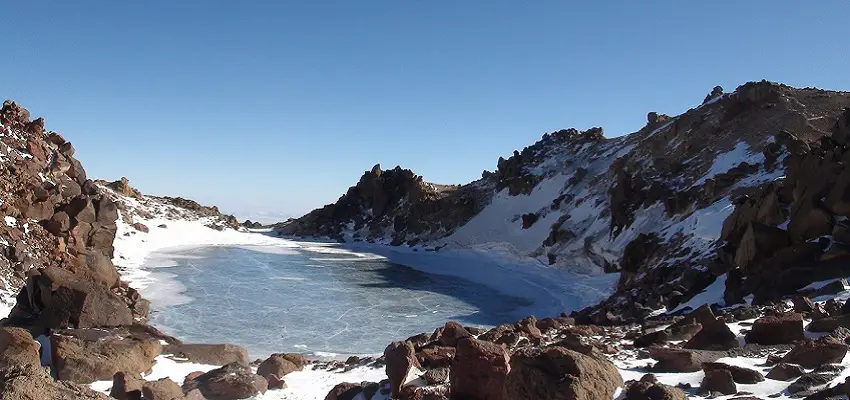
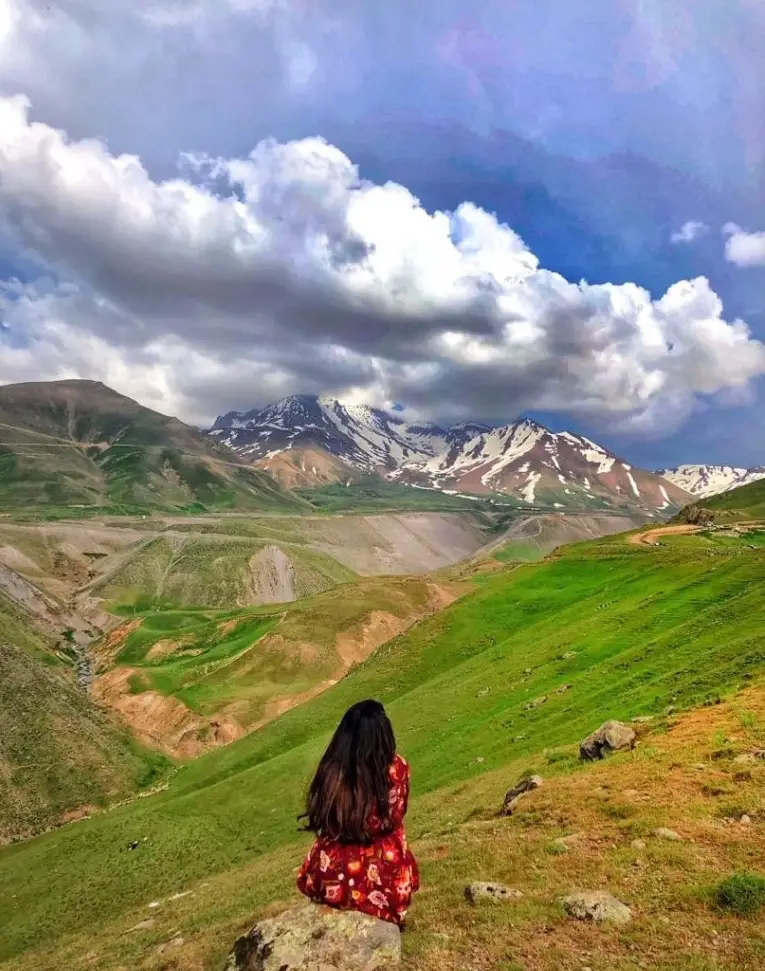
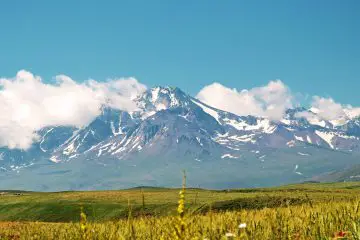
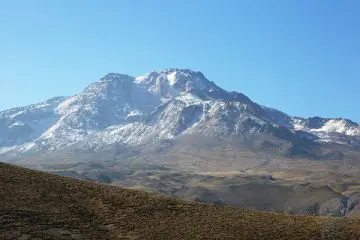
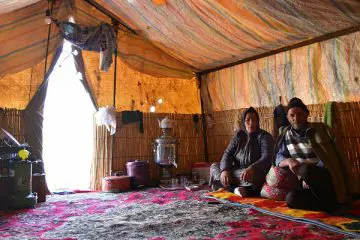
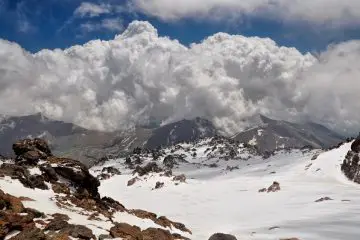
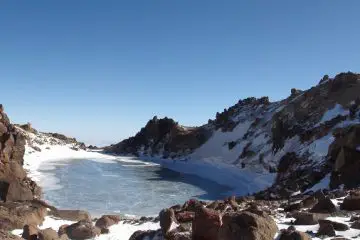


Comments